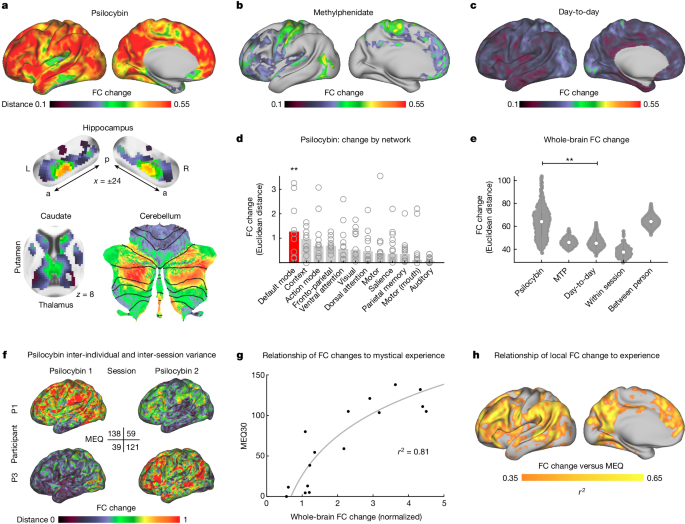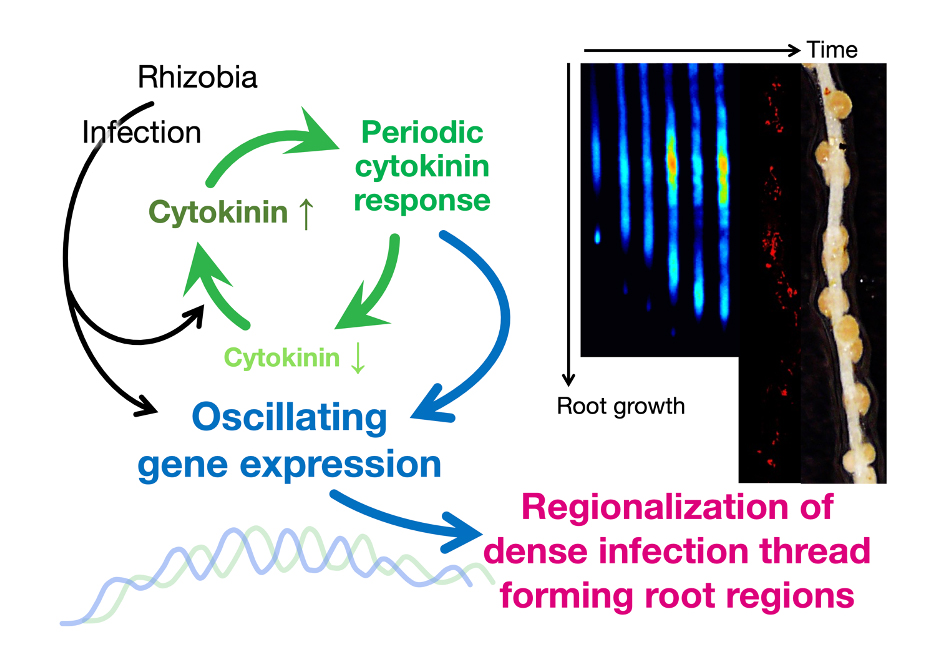2024-07-18 バージニア工科大学(VirginiaTech)
<関連情報>
- https://news.vt.edu/articles/2024/07/CM-genomestudy-CNRE-AmericanChestnutTree.html
- https://www.pnas.org/doi/10.1073/pnas.2403505121
アメリカクリ復元集団における気候回復力のためのゲノム誘導戦略 A genome-guided strategy for climate resilience in American chestnut restoration populations
Alexander M. Sandercock, Jared W. Westbrook, Qian Zhang, and Jason A. Holliday
Proceedings of the National Academy of Sciences Published:July 16, 2024
DOI:https://doi.org/10.1073/pnas.2403505121

Significance
Many forest tree species are vulnerable to the extreme effects of climate change, and in the absence of intervention, to extinction. Because of chronic fungal blight infections, American chestnut trees in the eastern United States are unable to reproduce, migrate, or evolve in response to climate change. Here, we explore the genomic basis of climate adaptation in American chestnuts, offering valuable insights for their conservation. We provide recommendations for preserving the adaptive legacy of the species and identify optimal planting locations for blight resistant breeding populations based on the adaptive composition of their respective genomes. This research provides specific guidance for the restoration of American chestnut and serves as a blueprint for conserving imperiled tree species facing similar challenges.
Abstract
American chestnut (Castanea dentata) is a deciduous tree species of eastern North America that was decimated by the introduction of the chestnut blight fungus (Cryphonectria parasitica) in the early 20th century. Although millions of American chestnuts survive as root collar sprouts, these trees rarely reproduce. Thus, the species is considered functionally extinct. American chestnuts with improved blight resistance have been developed through interspecific hybridization followed by conspecific backcrossing, and by genetic engineering. Incorporating adaptive genomic diversity into these backcross families and transgenic lines is important for restoring the species across broad climatic gradients. To develop sampling recommendations for ex situ conservation of wild adaptive genetic variation, we coupled whole-genome resequencing of 384 stump sprouts with genotype–environment association analyses and found that the species range can be subdivided into three seed zones characterized by relatively homogeneous adaptive allele frequencies. We estimated that 21 to 29 trees per seed zone will need to be conserved to capture most extant adaptive diversity. We also resequenced the genomes of 269 backcross trees to understand the extent to which the breeding program has already captured wild adaptive diversity, and to estimate optimal reintroduction sites for specific families on the basis of their adaptive portfolio and future climate projections. Taken together, these results inform the development of an ex situ germplasm conservation and breeding plan to target blight-resistant breeding populations to specific environments and provides a blueprint for developing restoration plans for other imperiled tree species.


